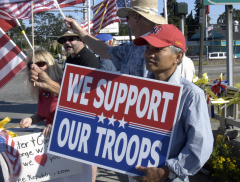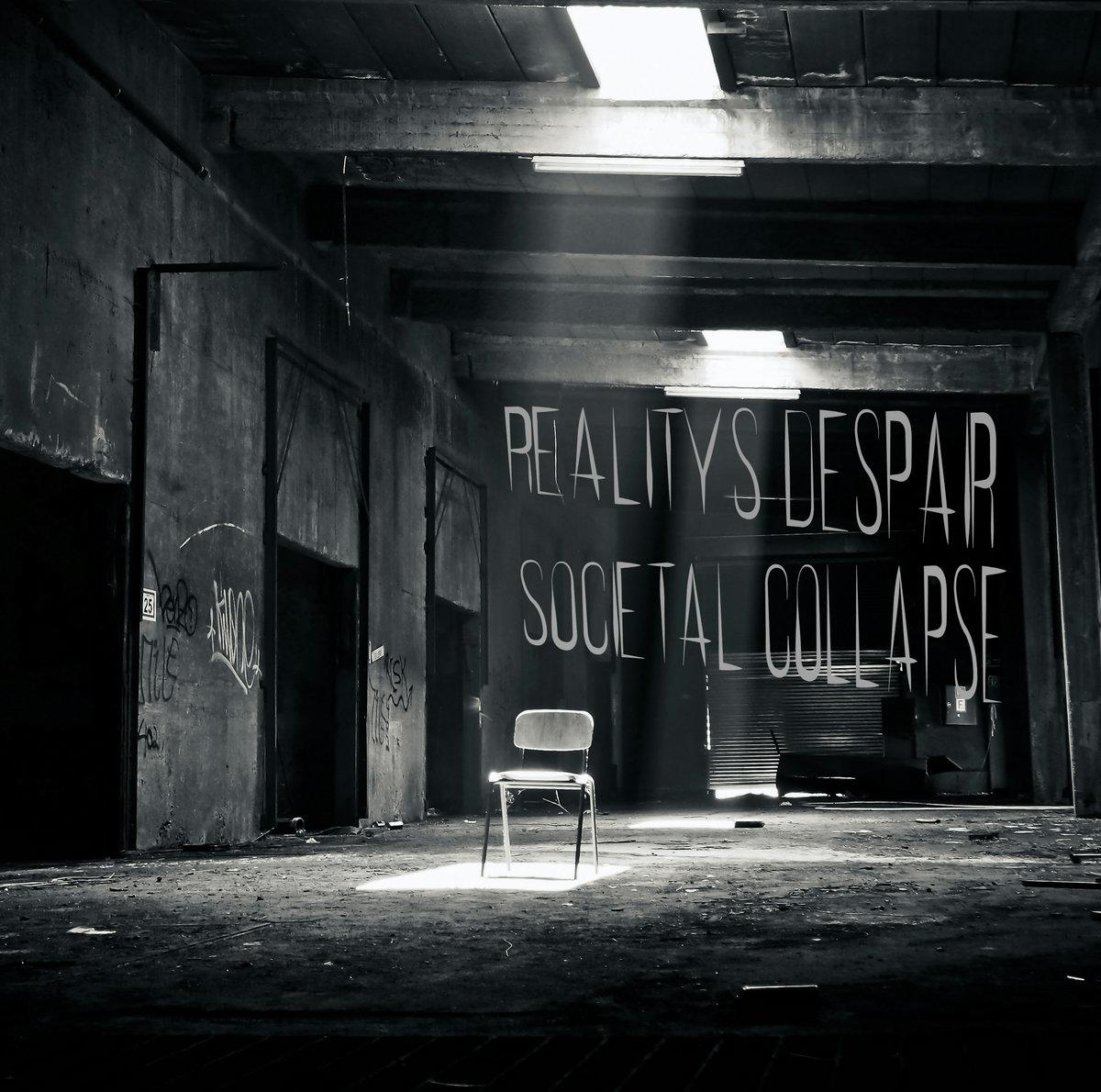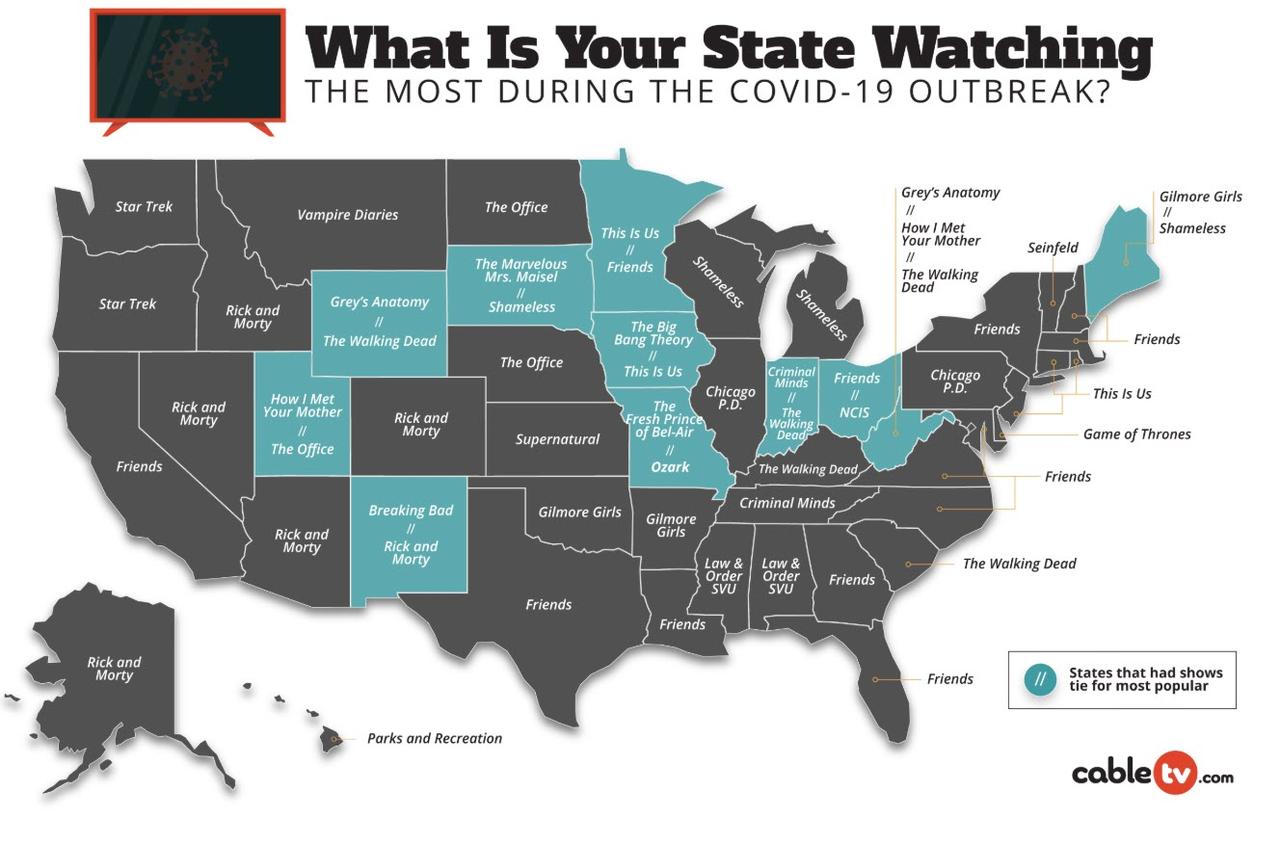A few moments ago, I blogged about South Bay United Pentecostal Church v. Newsom. Here, I will make three more observations about Chief Justice Roberts’s concurrence.
First, Roberts’s concurrence brought to mind his Obergefell dissent. Roberts didn’t cite Holmes’s dissent from Lochner v. New York (1905), but he may as well have. He relied on Jacobson v. Massachusetts (1905):
The precise question of when restrictions on particular social activities should be lifted during the pandemic is a dynamic and fact-intensive matter subject to reasonable disagreement. Our Constitution principally entrusts “[t]he safety and the health of the people” to the politically accountable officials of the States “to guard and protect.” Jacobson v. Massachusetts, 197 U. S. 11, 38 (1905).
The citation to Jacobson is inapt under longstanding precedent. That case concerned (what we would today call) a substantive due process challenge to a mandatory vaccination law. Jacobson relied on the same sort of liberty-based argument raised in Lochner and other Progressive Era cases. Jacobson is still good law for other substantive due process cases, such as those involving abortion. Indeed, Roe v. Wade favorably cited Jacobson, as well as Buck v. Bell. But Jacobson has no relevance in a case concerning an enumerated provision of the Bill of Rights. Longstanding concerns about unelected judges creating free-floating rights is not a problem with the First Amendment. Footnote Four of Carolene Products (for those who find that dictum useful) specifically treats enumerated rights differently than unenumerated rights. (That disparity is inconsistent with the Ninth Amendment, but that debate is for another day.)
Judge Collins, who dissented from the 9th Circuit decision, recognized why Jacobson should be limited to substantive due process cases:
Nothing in Jacobson supports the view that an emergency displaces normal constitutional standards. Rather, Jacobson provides that an emergency may justify temporary constraints within those standards. As the Second Circuit has recognized, Jacobson merely rejected what we would now call a “substantive due process” challenge to a compulsory vaccination requirement, holding that such a mandate “was within the State’s police power.” …
Jacobson had no occasion to address a Free Exercise claim, because none was presented there. (That is unsurprising, because the Free Exercise Clause had not yet been held to apply to the States when Jacobson was decided in 1905. See Phillips, 775 F.3d at 543.) Consequently, Jacobson says nothing about what standards would apply to a claim that an emergency measure violates some other, enumerated constitutional right; on the contrary, Jacobson explicitly states that other constitutional limitations may continue to constrain government conduct….
After applying Jacobson to reject the plaintiffs’ substantive due process challenge to New York’s vaccination requirement, the court then addressed (and rejected) the plaintiffs’ Free Exercise challenge by applying not Jacobson, but the familiar Lukumi framework that governs all Free Exercise claims.
Collins is right. The relevant framework is Lukumi. Not Jacobson. And that’s the standard Justice Kavanuagh followed. Roberts is forever haunted by the ghosts of Lochner, so much so, that he is willing to discard the usual standards for First Amendment cases. Holmes is not relevant here.
Second, Roberts cites Marshall v. U.S. (1974).
When those officials “undertake[ ] to act in areas fraught with medical and scientific uncertainties,” their latitude “must be especially broad.” Marshall v. United States, 414 U. S. 417, 427 (1974).
I’ll admit, I had never heard of this case. Indeed, California did not cite this case in its brief. It came from Roberts’s own research. Why did he cite it? I’m not certain. Marshall did not concern any sort of emergency powers case. Rather, the facts were mundane. The syllabus offers this description: “Petitioner, who had three prior felony convictions, moved for commitment as a narcotic addict pursuant to Title II of the Narcotic Rehabilitation Act of 1966 (NARA), following a fourth felony conviction.” Yawn. Here is the relevant passage that Roberts cited:
When Congress undertakes to act in areas fraught with medical and scientific uncertainties, legislative options must be especially broad and courts should be cautious not to rewrite legislation, even assuming, arguendo, that judges with more direct exposure to the problem might make wiser choices.
I don’t know why Roberts pulled out this Burger-authored decision. A statute that passes through bicameralism and presentment during the regular process is far from the Governor’s emergency order in this case. Really, the most on-point citation would be Buck v. Bell, but Holmes’s spirit doesn’t travel quite that far.
Third, Roberts cites Garcia v. San Antonio Metropolitan Transit Authority (1985):
Where those broad limits are not exceeded, they should not be subject to second-guessing by an “unelected federal judiciary,” which lacks the background, competence, and expertise to assess public health and is not accountable to the people. See Garcia v. San Antonio Metropolitan Transit Authority, 469 U. S. 528, 545 (1985).
This citation is like a constitutional Rorschach test. First, some background. In National League of Cities v. Usery (1976), the Supreme Court held that the Fair Labor Standards Act could not be applied to state governments. This significant decisions signaled the Court’s burgeoning federalism jurisprudence. Critically, Justice Harry Blackmun–a recent Nixon appointee–joined Justice Rehnquist’s majority opinion. Usery signaled that the Court would take federalism seriously.
However, nine years later, Blackmun reversed course. In Garcia, he cast the deciding vote to overrule Usery. Blackmun explained that the Usery test was “unsound in principle and unworkable in practice,” and should be abandoned. Critically, he said that the political process, and not the courts, should be responsible for maintaining the principles of federalism. Here it the passage that Roberts cites:
The essence of our federal system is that within the realm of authority left open to them under the Constitution, the States must be equally free to engage in any activity that their citizens choose for the common weal, no matter how unorthodox or unnecessary anyone else—including the judiciary—deems state involvement to be. Any rule of state immunity that looks to the “traditional,” “integral,” or “necessary” nature of governmental functions inevitably invites an unelected federal judiciary to make decisions about which state policies it favors and which ones it dislikes. “The science of government … is the science of experiment,” Anderson v. Dunn (1821), and the States cannot serve as laboratories for social and economic experiment, see New State Ice Co. v. Liebmann (1932) (Brandeis, J., dissenting), if they must pay an added price when they meet the changing needs of their citizenry by taking up functions that an earlier day and a different society left in private hands.
(And to continue the ode to Holmes, Blackmun cited Brandeis’s dissent in New State Ice.)
Rehnquist wrote a now-famous dissent in Garcia that proved prescient:
I do not think it incumbent on those of us in dissent to spell out further the fine points of a principle that will, I am confident, in time again command the support of a majority of this Court.
Roberts, the former Rehnquist clerk, must have realized the significance of citing Blackmun’s decision. Here, the citation was completely unnecessary and gratuitous. Garcia said nothing at all about “public health.” The case was about the Fair Labor Standards Act and the Tenth Amendment. The citation to Jacobson would have been enough. There are so many other decisions that discuss “unelected judges.” Roberts could have even cited his Obergefell dissent. But why Garcia? Or, Roberts could have written nothing at all.
Roberts seems really, really annoyed with his colleagues, in a very passive aggressive fashion. He accused the other conservatives with Lochnerism. He accused them of acting like “unelected” and “unaccountable” judges. And his charge is directed at the Court’s newest member, Justice Kavanaugh. Perhaps Justice Alito didn’t join the Kavanaugh dissent to stay out of Roberts’s fire. If so, Alito’s move ,may prove shrewd.
Roberts may be laying down a marker. Is this decision Chief Roberts’s Harry Blackmun moment? Is he signaling that he will now go full-bore judicial restraint? Is he breaking up with the conservatives on the Court? I hope I am not reading too much into a few citations. But Roberts can say a lot with few words.This concurrence is an inauspicious sign for conservatives, as this term draws to a close.
from Latest – Reason.com https://ift.tt/2TU0D0R
via IFTTT




